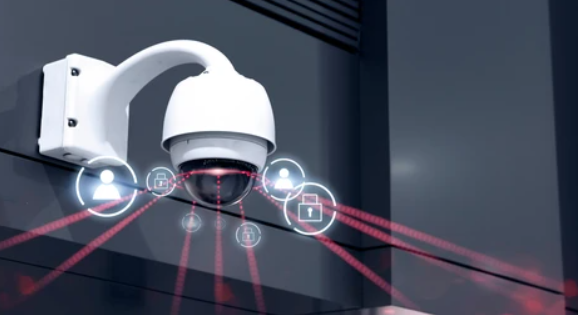Video Surveillance
Whether for compliance or security, robust and efficient video surveillance system are possible.
It just needs to work
Video surveillance systems play a crucial role in various environments for security, monitoring, and safety purposes. Surveillance systems can also significantly benefit from better cameras, longer retention periods, and proper aiming of cameras. Each of these elements contributes to the overall effectiveness of a video surveillance system.
When your business experiences a security breach, theft, accident, or other incident, a properly functioning video surveillance system provides valuable evidence for investigation.
Video surveillance contributes to the safety of employees and customers in various settings. Maintaining operational video surveillance systems may help organizations meet compliance standards and avoid penalties.
Additional benefits of a working video surveillance system include remote monitoring capabilities, reduced insurance premiums due to increased security, and the ability to review footage for improving operational efficiency or training purposes.
Retention is everything
- Longer retention periods allow you to store video footage for an extended duration. This is crucial for reviewing incidents, investigating crimes, and providing evidence in legal proceedings.
- Certain industries and regions have legal requirements for retaining surveillance footage. Longer retention periods ensure compliance with such regulations.
- Cameras that are properly aimed and visible act as a deterrent to potential criminals, as they are aware that their actions are being monitored and recorded.
- AI can detect vehicles and humans, which can then send a notification, record a snapshot, create an event-based recording or even trigger a series of events.

Ultimately, investing in better cameras, longer retention periods, and proper camera aiming leads to a more effective video surveillance system that enhances security, assists in investigations, and provides peace of mind.
Cameras with higher image quality and analytics help identify threats and suspicious activities.
Visible well-aimed cameras deter criminal activities and reduce the likelihood of incidents.
Longer retention periods enable thorough forensic analysis of footage, aiding in the investigation of incidents.
Extended retention periods ensure adherence to legal requirements for storing surveillance data.
Properly aimed cameras reduce the need for redundant coverage, optimizing resource allocation.
Cameras Matter
- Better cameras offer higher resolution, better color accuracy, and improved clarity. This enables you to capture more details in the footage, making it easier to identify people, objects, and events.
- Advanced cameras with better sensors and low-light capabilities ensure that surveillance remains effective even in challenging lighting conditions.
- Cameras with wider field of view coverage can monitor larger areas, reducing the number of cameras needed and improving overall surveillance efficiency.
- Some cameras come with built-in analytics, such as facial recognition or object tracking, which can enhance the accuracy and speed of incident detection.
- Proper aiming of cameras ensures that the surveillance area is covered effectively. It prevents blind spots and maximizes the use of each camera.

